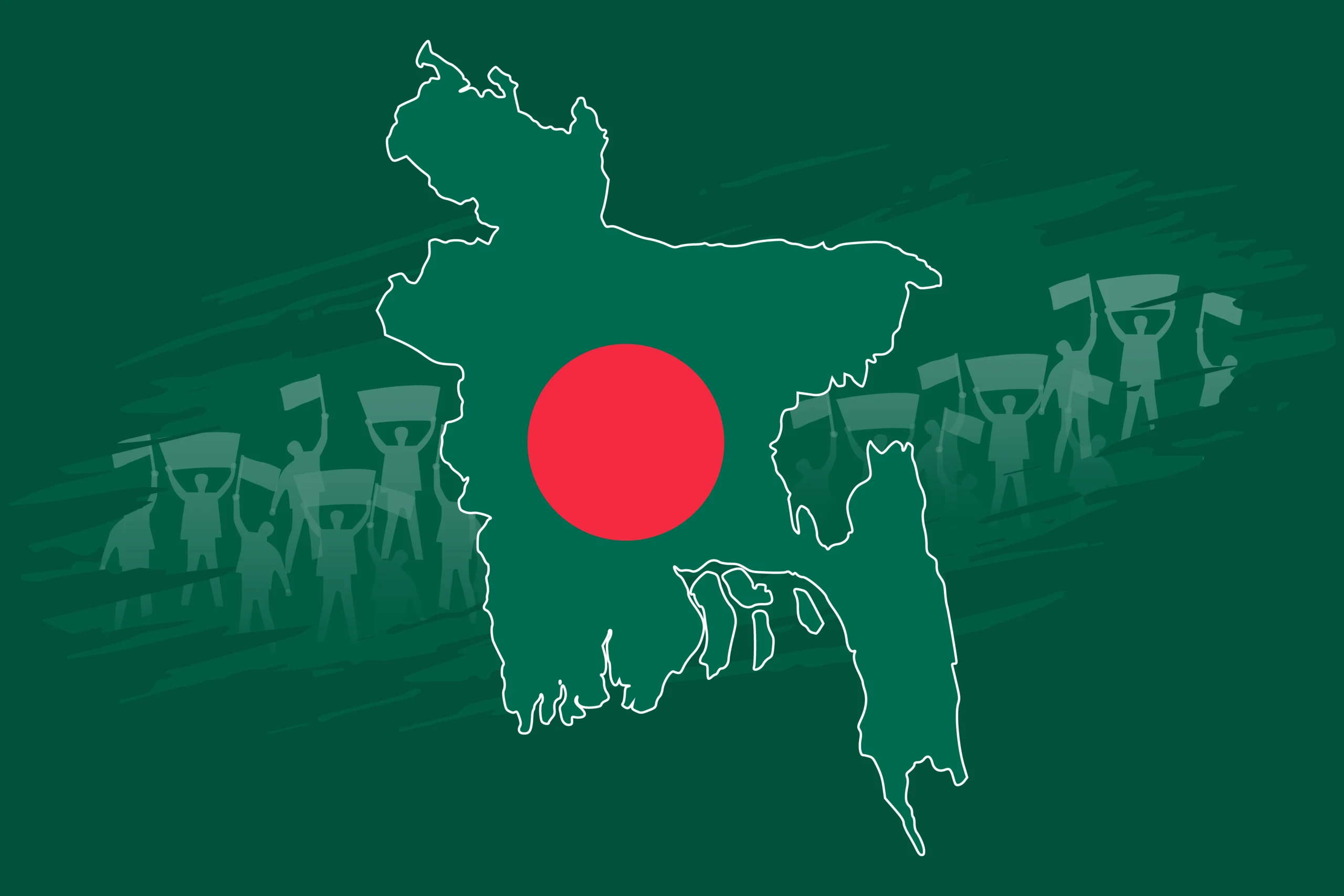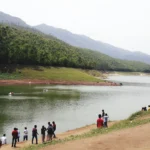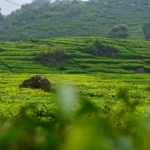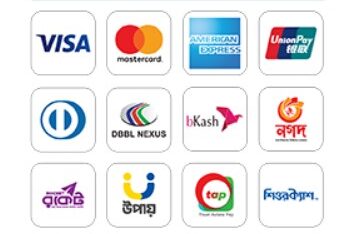The land we now know as Bangladesh is more than just a country born in 1971—it is a region with over 4,000 years of history, shaped by ancient civilizations, powerful kingdoms, cultural renaissances, colonial struggles, and a hard-won independence. For travelers and history enthusiasts, understanding the history of Bangladesh is like unlocking the story of South Asia itself.
If you’ve ever wondered how old is Bangladesh, what its old name was, or how this resilient nation rose through centuries of change, this guide takes you through every era—from ancient Bengal to the modern Republic of Bangladesh.
Ancient Bengal: The Origins of Bangladesh (Before 600 CE)
The earliest chapter of bd history begins with ancient Bengal, a region blessed with fertile soil and flowing rivers. Archaeological evidence shows that people lived here as early as 2000 BCE, including Dravidian, Tibeto-Burman, and Austro-Asiatic groups.
- The Vanga Kingdom (mentioned in Indian texts around 1000 BCE) is considered one of the first organized states in Bengal.
- Greek historians like Diodorus and Pliny wrote about Gangaridai (around 100 BCE), a wealthy kingdom by the Ganges that even deterred Alexander the Great’s army.
- Early Bengal was a cultural crossroads, linked to India, Myanmar, and Southeast Asia through trade.
👉 For anyone asking “how old is Bangladesh?”—the land itself is ancient, with civilizations stretching back over four millennia.
Medieval Bengal: The Rise of Empires (600–1200 CE)
Shashanka — The First Independent King
In the 7th century, Bengal saw its first documented ruler, Shashanka, who established sovereignty in the region.
The Pala Empire — Buddhism’s Golden Age
From 750–1150 CE, the Pala Empire ruled Bengal for nearly 400 years.
- Known as one of the greatest Buddhist dynasties, the Palas built monasteries like Somapura Mahavihara (Paharpur), now a UNESCO World Heritage Site.
- Bengal’s influence spread as far as Tibet, Nepal, and Southeast Asia.
The Sena Dynasty — Hindu Revival
After the fall of the Palas, the Sena dynasty took over, emphasizing Hindu traditions until the arrival of Muslim forces in the 13th century.
“Ancient Bengal civilizations, history of bd, old name of Bangladesh context.”
Islamic Bengal: The Sultanate and the Spread of Islam (1200–1576 CE)
The history of Bangladesh changed dramatically in the 13th century when Islam was introduced.
- In 1204, Turkic general Bakhtiar Khilji defeated the Sena dynasty, establishing Muslim rule.
- The Bengal Sultanate (14th–16th centuries) emerged as one of the wealthiest kingdoms in the world, exporting muslin fabric and rice.
- Sufi saints, most famously Shah Jalal in Sylhet, played a huge role in spreading Islam peacefully. Learn more about Sylhet and Sreemangal Tour.
This era marked the transition from “Vanga” and “Gauda” to “Bangala”, the origin of the modern name Bangladesh.
“Bengal Sultanate history, what was Bangladesh called before.”
Mughal Bengal: Prosperity and Global Trade (1576–1757 CE)
In 1576, Bengal was absorbed into the mighty Mughal Empire.
- Dhaka became the provincial capital, renamed Jahangirnagar.
- Bengal was the richest region of the Mughal Empire, known as the “Paradise of Nations” due to its wealth in textiles and trade.
- Muslin cloth, handwoven in Bengal, was exported to Europe, the Middle East, and beyond.
By the 17th century, Bengal’s economy rivaled entire European nations. This period is still remembered as a golden age in the history of Bangladesh.
“Mughal Bengal history, Dhaka Mughal capital, history of bd.”
Colonial Bengal: British Rule and Rebellion (1757–1947)
The Battle of Plassey (1757)
The turning point came when the British East India Company defeated Nawab Siraj ud-Daulah at Plassey. This marked the start of British rule in Bangladesh.
Bengal Presidency
The British turned Bengal into their administrative hub. They introduced the Permanent Settlement (zamindari system), which exploited peasants and reshaped land ownership.
The Bengali Renaissance
In the 19th century, Bengal became the cultural heart of South Asia.
- Thinkers like Raja Ram Mohan Roy pioneered reforms.
- Rabindranath Tagore became Asia’s first Nobel laureate in literature.
- Scientists like Jagadish Chandra Bose and Satyendra Nath Bose made world-changing contributions.
Partition of Bengal (1905 & 1947)
- The British first partitioned Bengal in 1905, but protests reversed it in 1912.
- In 1947, at India’s independence, Bengal was permanently split: West Bengal went to India, and East Bengal became part of Pakistan.
“British rule in Bangladesh, partition of Bengal, bd history.”
East Pakistan Era: Language, Identity, and Struggle (1947–1971)
After 1947, East Bengal became East Pakistan, separated by 1,600 km from West Pakistan.
- The Language Movement (1952): When the government tried to impose Urdu as the sole national language, students in Dhaka protested. On 21st February 1952, several were killed, sparking a national identity movement. This day is now observed worldwide as International Mother Language Day.
- Political Discontent: East Pakistan was economically exploited, receiving less investment despite producing most of the country’s exports (especially jute).
- Sheikh Mujibur Rahman, leader of the Awami League, demanded autonomy through his Six-Point Plan.
“East Pakistan history, old name of Bangladesh, language movement Bangladesh.”
The Bangladesh Liberation War (1971)
The most defining event in the history of Bangladesh came in 1971.
- On March 25, 1971, the Pakistani army launched Operation Searchlight in Dhaka, killing thousands.
- A nine-month-long struggle followed, during which nearly 3 million people died and 10 million fled to India.
- On December 16, 1971, with Indian military support, Bangladesh achieved independence.
👉 This answered the world’s question of “how old is Bangladesh?”—a modern independent state since 1971, though its cultural identity is thousands of years old.
“Bangladesh liberation war 1971, independence history of Bangladesh, history of bd.”
Independent Bangladesh: 1971 to Present
Since independence, Bangladesh has faced challenges—political instability, assassinations, natural disasters—but it has also shown remarkable resilience.
- 1970s–80s: Leadership struggles (Sheikh Mujibur Rahman, Ziaur Rahman, Ershad).
- 1990s–2000s: Democratic transition, rivalry between Sheikh Hasina (Awami League) and Khaleda Zia (BNP).
- 2000s–2025: Economic growth, recognition as one of Asia’s fastest-growing economies. Bangladesh is now known globally for textile exports, microfinance innovations, and cultural tourism.
“modern Bangladesh history, bd history today.”
Frequently Asked Questions (FAQs)
1. How old is Bangladesh?
Bangladesh became independent in 1971, but its history as Bengal goes back over 4,000 years.
2. What was Bangladesh called before?
It was known as East Bengal (1947–1955) and East Pakistan (1955–1971). In ancient times, it was called Vanga or Bangala.
3. What is the old name of Bangladesh?
The most recent old name was East Pakistan before independence.
4. Who is considered the founding father of Bangladesh?
Sheikh Mujibur Rahman, the leader of the Awami League, is regarded as the founding father.
5. Why is the 1971 Liberation War important in the history of Bangladesh?
It marked the country’s independence after a long struggle for identity, language, and rights.
The Legacy of Bangladesh’s History
The journey of Bangladesh is not just about borders and battles—it is about the spirit of a people who preserved their language, culture, and identity through centuries of change. From ancient Bengal kingdoms to the Bangladesh Liberation War of 1971, the nation’s past is both inspiring and essential for understanding South Asia’s present.
For travelers, students, and history lovers, exploring the history of Bangladesh is more than an academic pursuit—it’s a chance to witness the resilience of one of the world’s most remarkable nations.







Logged into 77758betlogin and had no problems. It’s pretty straightforward, so easy to get around. If you are looking to sign in, go to 77758betlogin